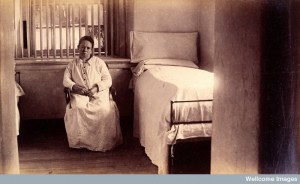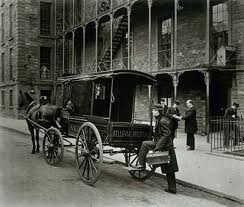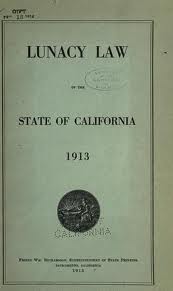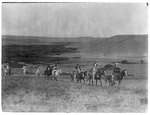Families sometimes committed their relatives to asylums for convenience or spite. In 1910, New York resident Alice Stanton Smith was arrested for carrying a small revolver for protection. She was sent to Bellevue hospital, stripped, forced into a chair, and injected with morphine. Later she was released as sane. Adorned with diamonds and other gems, Smith appeared in the Harlem Police Court to defend herself the following week–not so much against the crime of carrying a revolver, but to plead with the court not to send her back to Bellevue.
The court magistrate called the psychopathic ward at Bellevue to talk with the examining physicians there; they said Smith was only “a little nervous and eccentric.” Her brother sent an agent to court, saying that Smith had been doing “crazy acts” for years. When pressed for an example, he said that Smith had once slapped a guest at a dinner party.
Smith–worth $100,000 in her own right–told the court that her relatives had tried to have her declared insane a number of times. Though Smith did not appear deranged to the reporters in the court nor to the physicians at Bellevue, the magistrate sent her back to the asylum.
________________________________________________________________________




